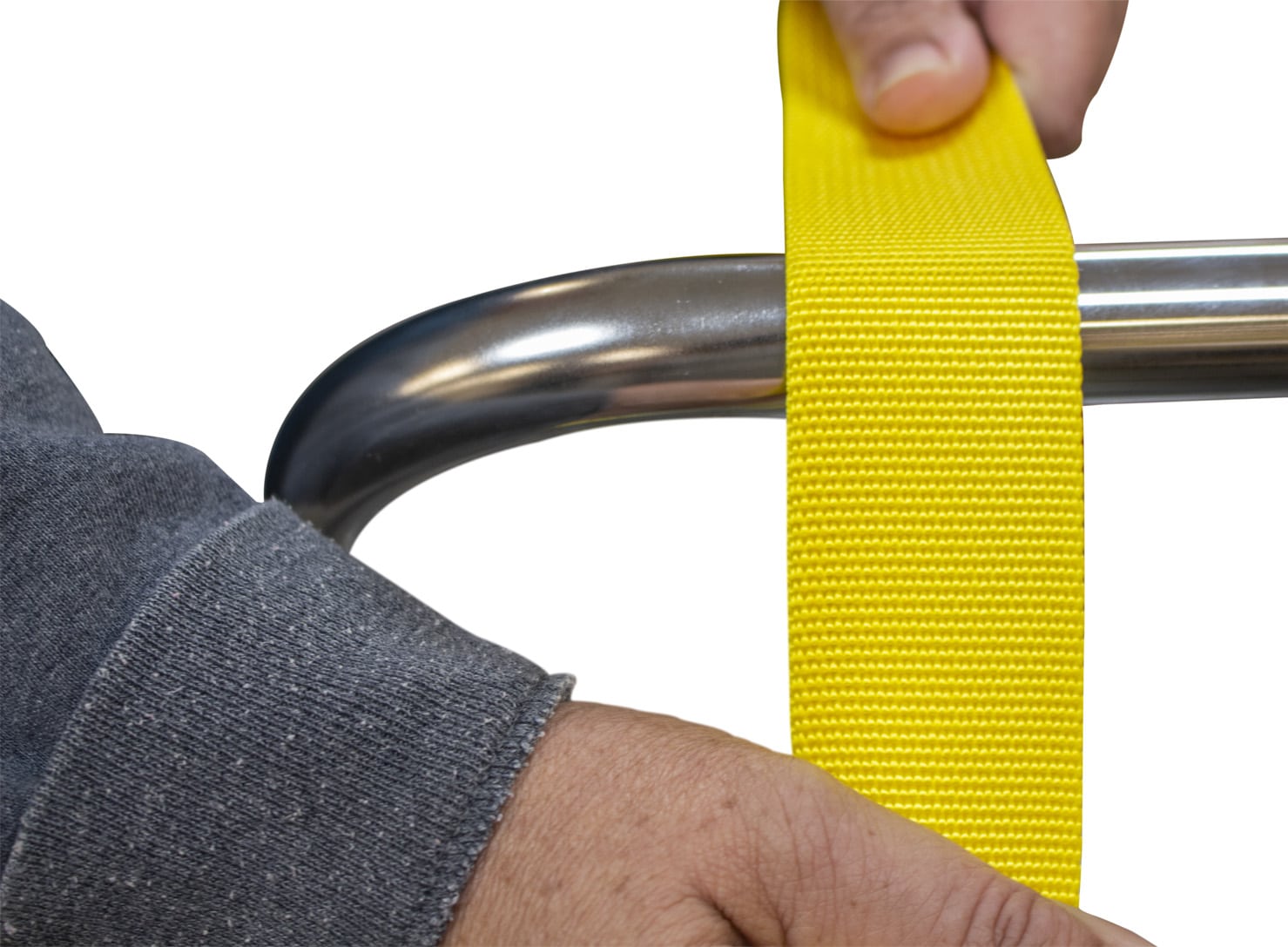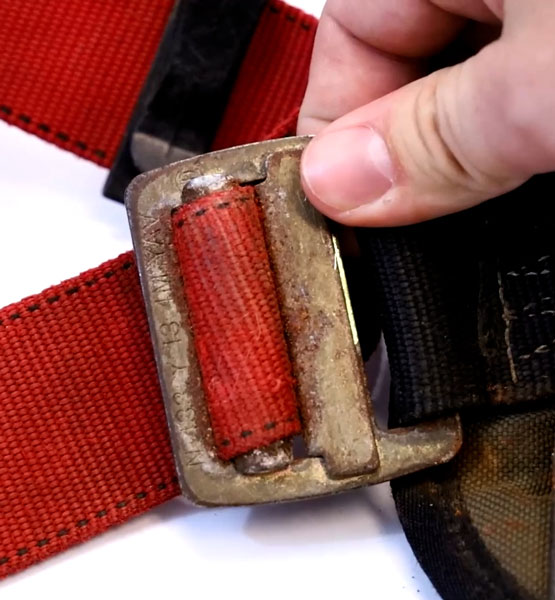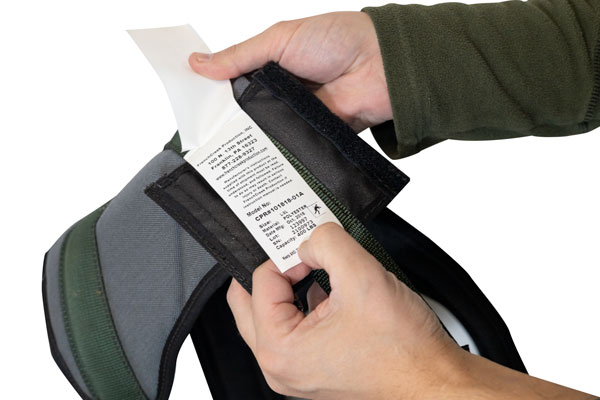Your cart is currently empty!
Harness Inspection, Top 5 Things To Look For
While there is no definite service life for a fall protection harness it is important that workers take the time each day to visually inspect their full-body harness. Passing your daily inspection is the only criteria for your harness to be fit for use.
A typical full-body harness can handle some wear and tear that is associated with a typical day on a construction site. When it comes to ending a harnesses service, you will need to keep an eye out for a number of conditions during your daily inspection.
Here are the top 5 things to look for during harness inspection:
1. Harness Webbing and Stitching
Closely inspect the harness webbing in your hands, be to check both sides. Cuts, nicks, and tears in the harness webbing can seriously reduce the strength requirements of a full-body harness. During your harness inspection, pay specific attention to the stitching at the attachment points of the harness for any fraying or missing threads. If any of these conditions exist remove the harness from service.
2. UV Damage
In addition to inspecting the webbing on your full body harness, an often overlooked factor is UV degradation. Identifying UV damage can be difficult, but there may be flaking on the surface of the webbing as well as discoloration. An important step to prevent UV degradation is to never leave your harness in direct sunlight for an extended period of time. Harnesses should be stored in a shaded, dry location.
3. Impact Indicators
There are different impact indicator locations depending on the manufacturer of your full-body harness. Should your harness experience fall arrest forces, the impact indicator will deploy providing a clear visual that the harness should be retired. Refer to the manufacturer’s instructions on the placement of your harness’s impact indicators during your harness inspection.
4. Buckles & Hardware
During your harness inspection pay close attention to the hardware on your full-body harness. Corrosion and rust on buckles and D-rings can be abrasive to nearby webbing. Other damages such as dents, gashes, or cracks in metal hardware indicate an immediate need for harness retirement. In addition, always inspect the buckles to make sure they are functioning properly. Corrosion and damage to buckles can prevent the buckle from connecting or prevent the harness from being properly adjusted. If any of these conditions exist remove the harness from service immediately.
5. Label / Tag
Finally, OSHA states that every harness must have a legible tag identifying the harness, model, date of manufacture, name of manufacture, limitations, and warnings. While it may seem unimportant to the performance of a safety harness, if a tag is missing or not legible the harness must be removed from service.
Harness Inspection Resources
Keep your workers safe by inspecting your full body harness daily. As a resource FrenchCreek provides a free inspection form for full-body harnesses. For any questions feel free to contact our team at 877.228.9327.
Stay Safe!



